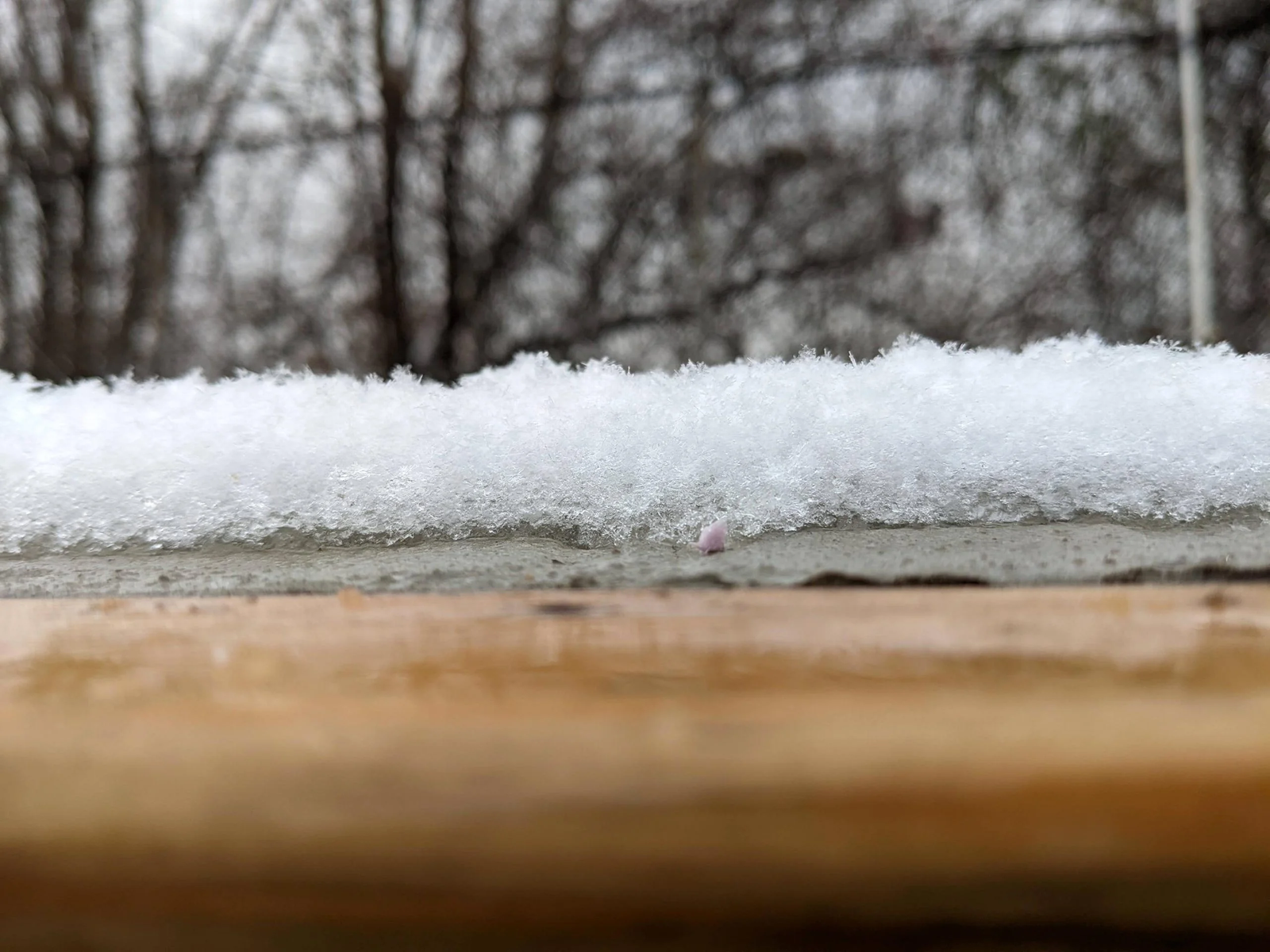
Cold-weather operations have long pushed military endurance to its limits. Snow and ice can impede the movement of troops, clog supply lines, and impair infrastructure, continually challenging readiness. Military and civilian agencies have cleared runways, roads, and base facilities with billions of dollars for decades.

In addition to snow removal expense, the freeze-thaw process and chemical deicers silently wear down surfaces, reducing the life of vital infrastructure. A new development by material scientists at Drexel University may provide a smarter, more durable solution.

The technology is self-warming concrete—a substance that melts snow and ice by itself, without shoveling, salt, or outside heating devices. Its secret lies in the incorporation of phase-change materials, or PCMs—low-temperature liquid paraffin, specifically—mixed directly into the concrete. When temperatures fall, the paraffin changes state from liquid to solid, releasing retained heat and heating the surface sufficiently to maintain it above freezing. It’s a straightforward scientific concept, used with an evident tactical advantage.

Over the last five years, Drexel’s researchers, under the guidance of researcher Amir Farnam, have continued to refine this technology. They placed two 30-by-30-inch test slabs outside where they endured three years of actual winter weather. As Farnam put it, the best method of prolonging a surface’s lifespan is to keep it at or above freezing, preventing the constant expansion and contraction that causes cracks and potholes.

The study contrasted two methods of incorporating PCMs into concrete. One method is to fill porous lightweight aggregate with liquid paraffin before mixing the aggregate into the concrete. The other involved microencapsulated paraffin—small heat-storage capsules uniformly distributed within the slab. A normal concrete slab was the control.

Results were encouraging. In cold weather, the PCM-treated slabs remained in the range of 42°F to 55°F for up to 10 hours, melting as much as two inches of snow at about a quarter inch per hour. The aggregate-treated slab warmed less quickly but retained its heat longer, whereas the microencapsulated version heated fast but lost heat after about five hours. It all depended on when and how the PCM released its heat. The porous aggregate held paraffin so that heat would be released slowly until about 39°F, and the microcapsules released heat earlier at about 42°F.

In terms of military logistics, the potential is clear. Airfields, bases, and road accessways could be safer and more dependable without having to constantly use salt and plows. That translates into fewer personnel tied up in snow removal, reduced maintenance costs, and fewer delays in operations. It also reduces salt corrosion damage—a problem that can afflict everything from concrete to undercarriages on automobiles. As Farnam explained, not only do road salts fill holes, but over time can completely break down surfaces.

However, the technology is not foolproof. The slabs had difficulty with heavier snowfalls of over two inches and were at their best with sufficient lead time between storms to allow the PCM to replenish its stored heat. Initial ambient conditions prior to a storm, as well as snowfall intensities, affected performance. As researcher Robin Deb noted, the system operates efficiently for light snow events but will not completely remove more significant accumulations.

There is a strong environmental argument for PCM concrete, too. Conventional deicing salt may be effective for a short duration, but it damages ecosystems and pollutes waterways when it runs off into rivers and lakes. Excessive chlorine content is harmful to aquatic species, and salt-infused roadside snowmelt poisons wildlife on land. Minimizing the use of salt not only saves infrastructure but also maintains the health of adjacent environments.

Drexel’s research is ongoing to stretch heating time and enhance performance in more intense snowfalls. If the technology proves successful, it could be expanded to cover runways, roads, and other critical surfaces in cold climates. For the military, the benefit is not just savings but also readiness for operation—maintaining mobility even in the most extreme winters.

In a time when resilience and flexibility are so important, self-heating concrete is a combination of engineering ingenuity and pragmatic problem-solving. It’s a technology conceived in the laboratory but engineered for the realities of the field, where having an open runway or keeping a road drivable can be the difference between life and death.
